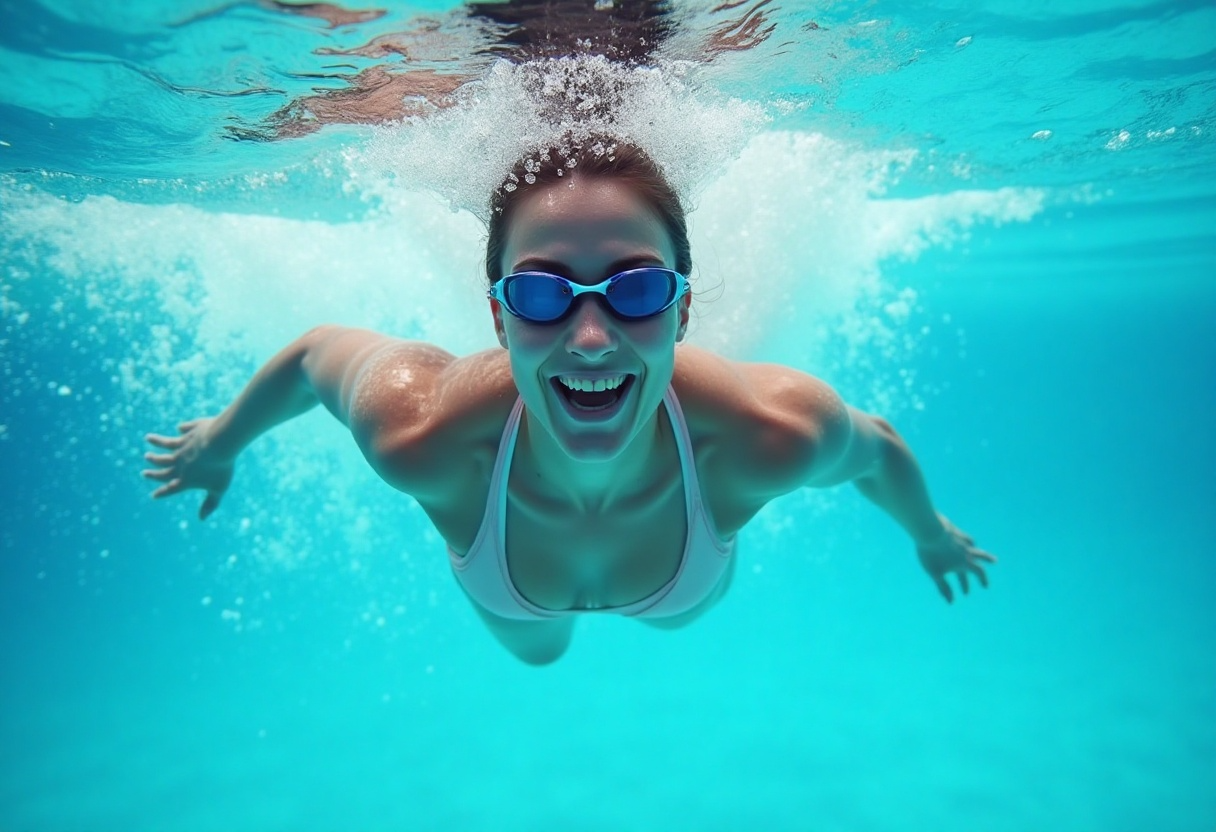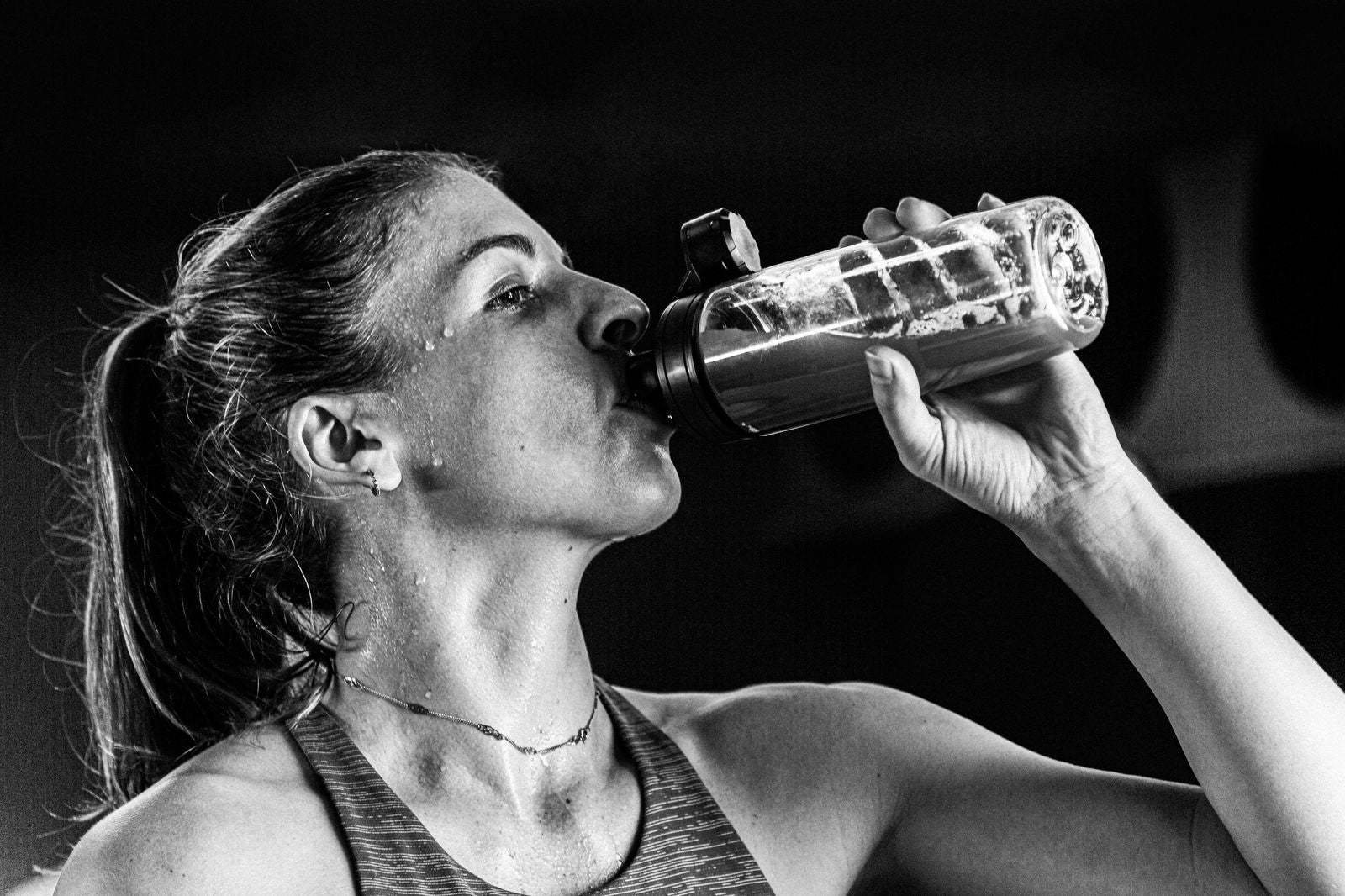
How to Improve Endurance for Swimming | Boost Performance with Oxygen Support
How to Improve Endurance Swimming: Proven Strategies to Swim Longer and Stronger
Whether you're training for open water races, triathlons, or just want to power through more laps at the pool, building endurance in swimming is key. Unlike other sports, swimming demands both cardiovascular fitness and full-body muscular endurance, and it requires smart training, efficient technique, and smart recovery.
In this guide, we break down how to improve endurance swimming with actionable tips and science-backed strategies.
1. Focus on Technique First
Before ramping up distance or speed, perfect your form. Good technique reduces drag and conserves energy, meaning you can swim longer without fatiguing.
Key areas to check:
-
Streamlined body position
-
Smooth, efficient breathing
-
Proper hand entry and pull
-
Steady kick with minimal splash
Consider filming your swim or working with a coach to fine-tune your form.
2. Build Aerobic Capacity Gradually
Swimming endurance isn’t built overnight. Gradual, structured training is the fastest, safest path.
Try:
-
Long, steady swims at a moderate pace
-
Interval training (e.g., 10 x 100m with short rest)
-
Pyramid sets that increase then decrease distance
-
Negative splits (swimming the second half faster)
Aim for consistent weekly volume, adding about 10% distance each week to avoid overtraining.
3. Prioritise Breath Control
Breath control is fundamental in swimming endurance. The better you manage your breathing, the longer you’ll last without feeling gassed.
Practice drills like:
-
Bilateral breathing (breathing every 3 strokes)
-
Hypoxic sets (limited breathing patterns, e.g., every 5 strokes)
-
Underwater kick sets
This improves lung capacity, CO₂ tolerance, and swimming rhythm.
4. Strength Train Outside the Pool
A strong body supports strong swimming. Dryland strength training improves muscular endurance, power, and injury resistance.
Focus on:
-
Core stability exercises (planks, hollow holds)
-
Upper body strength (pull-ups, rows, push-ups)
-
Leg endurance (squats, lunges)
Two sessions per week can make a major difference in the water.
5. Nail Your Recovery
Endurance gains happen during recovery, not during training. Recovery strategies include:
-
Proper hydration (replenishing electrolytes)
-
Adequate protein intake for muscle repair
-
Active recovery swims (low intensity)
-
Quality sleep for cellular repair
Using recovery aids like EI8HT Oxygen Sachets can support faster muscle oxygenation and energy replenishment after hard swims.
6. Use Oxygen Support for Endurance Boost
Swimming places high demands on your oxygen delivery systems. Supplementing with oxygen — like with EI8HT — can enhance endurance by:
-
Increasing available cellular oxygen
-
Reducing lactic acid buildup
-
Supporting faster recovery between sets
A quick sachet before or after training could help extend your sessions and sharpen performance, without relying on stimulants.
Final Thoughts
Improving endurance swimming isn’t about grinding harder — it’s about training smarter, recovering fully, and optimising how your body uses oxygen. Combine good technique, structured training, and smart supplementation, and you’ll be swimming stronger and longer in no time.
Ready to support your swim endurance naturally?
Try EI8HT Oxygen Sachets and give your body the oxygen it needs to perform at its best.


